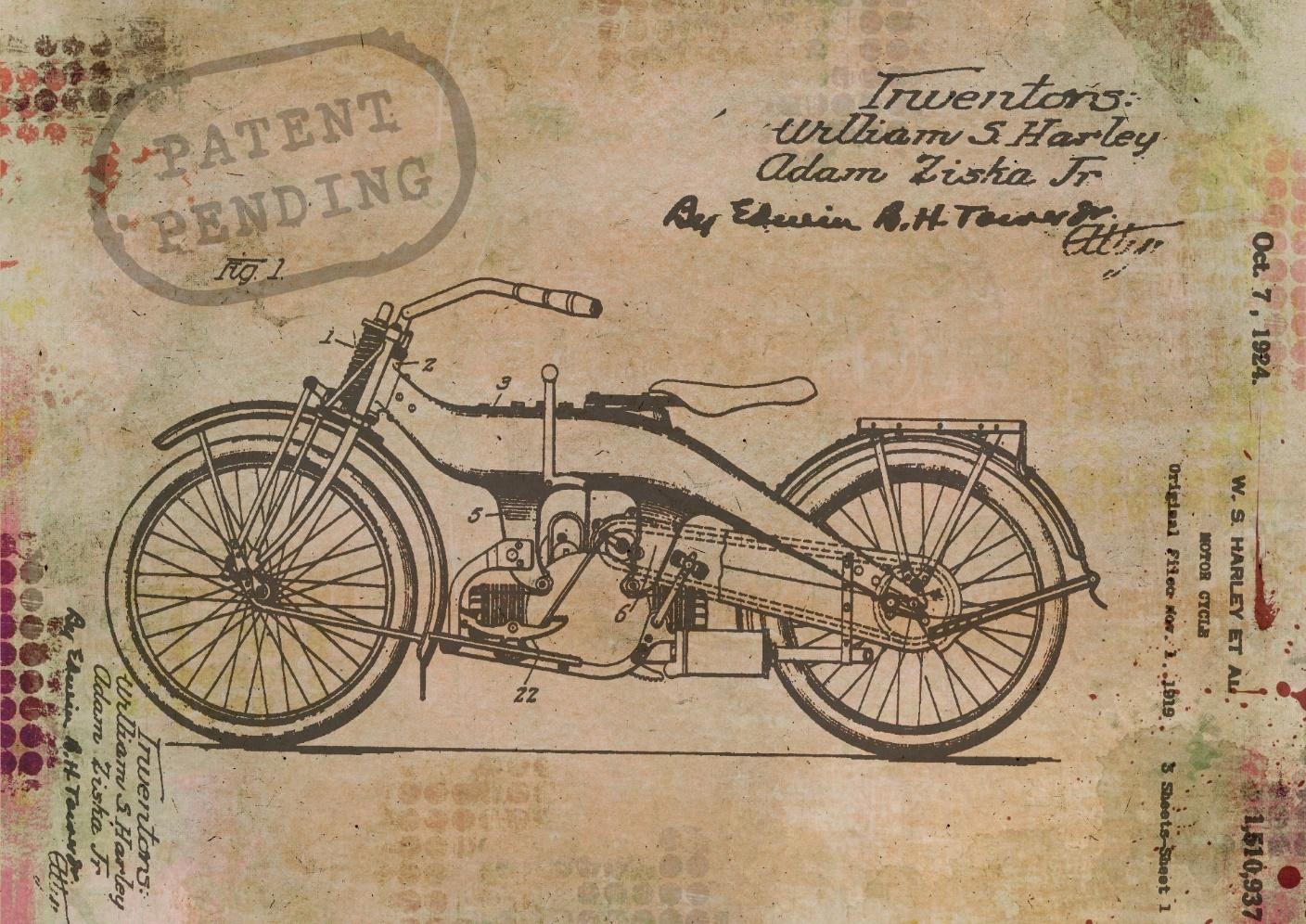It is important to know the difference between a patent application that has been filed and is pending and a patent application that has issued as a US patent. All non-provisional patent applications are published 18 months after their earliest priority date, unless you submit a non-publication request at the time of filing to prevent the publication. Whether your patent application is a provisional patent application or a non-provisional patent application, you can put the public on notice by identifying your invention, associated packaging, and associated literature with the label “patent pending.” When an application for your invention is patent pending, it may still be uncertain how broad your resulting patent protection will be. The patent office may take one and a half to three years to issue a patent for your invention.
While patent pending status does not normally allow you to sue someone for copying your invention, filing a patent application is still a very important step, and you can use your patent pending status to your advantage.
The United States of America is a First to File Country
The United States is a “first to file country.” In other words, if two or more people have the same idea/invention, whoever files their patent application first will own the potential patent rights. It will not matter how long it takes the patent office to issue the patent or how long an invention had been in development before filing the application.
For example:
Person A comes up with an idea for a new coffee maker in January 2018, starts designing prototypes in February 2018, files a patent application in December 2018, and starts to advertise and sell the product in January 2019.
Person B comes up with the same idea for a new coffee maker in May 2018, files a patent application in June 2018, and has not yet started manufacturing the product.
Even though Person A came up with the idea first and was actively working to refine the invention before Person B even thought of the invention, Person B will end up owning all patent rights for the invention if her patent is issued because she was the first to file her application.
This is why it is so important to get your patent application on file as soon as possible after you have a new idea. There is essentially a race to the patent office for inventors.
The Best Patent Strategy
The best patent strategy to mitigate the risk of not being the first to file is to promptly file a provisional patent application for a new invention. This provides a one year period of time from when the provisional patent application is filed to: (1) conduct patentability and/or infringement searching, (2) refine the invention, (3) prepare a non-provisional patent application, (4) review and revise the non-provisional patent application, and (5) file the non-provisional patent application with a claim of priority to your provisional patent application. As such, the prompt filing of a provisional patent application can provide you with more time to methodically determine how you wish to protect your invention while still securing the earliest practical filing date for your invention.
Put People on Notice
While your application is patent pending, you can use your patent pending status to put other people on notice that you have an application already filed with the patent office. This could discourage people from copying your invention because people will know that you already filed before them.
Seriousness in the Marketplace
Filing your patent application and obtaining patent pending status also shows a level of seriousness in the marketplace. Once you file your application, you can incorporate the label “patent pending” into advertising for your product or service. This will communicate to both customers and other vendors in your industry that you are serious about protecting your invention.
Taylor Hallowell is a specialist in intellectual property at Garcia-Zamor Intellectual Property Law, LLC. She is currently pursuing her Juris Doctorate at the University of Maryland Francis King Carey School of Law in Baltimore, Maryland. She received her Bachelor of Arts degree in Biology from Amherst College in Massachusetts. Ms. Hallowell primarily focuses on contracts, discovery, and patents, mainly in the fields of mechanical technologies.
If you have any questions regarding patent applications or how to protect your intellectual property in general, please contact Garcia-Zamor Intellectual Property Law, LLC.







